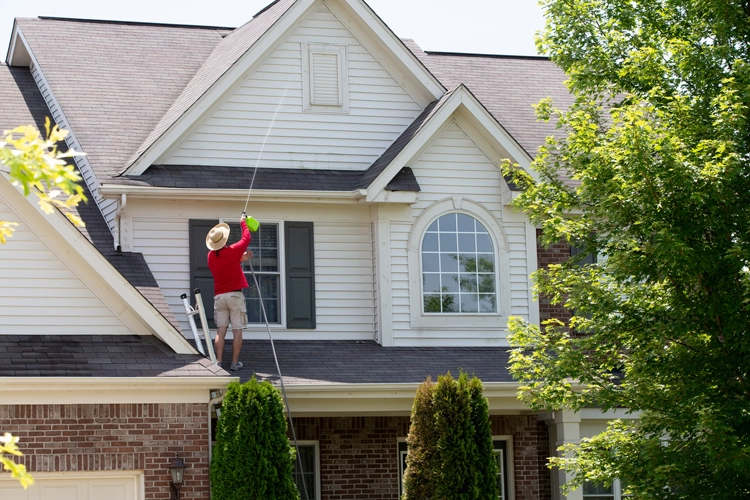Proper Maintenance and Care for New Siding After Replacement

Introduction
Replacing the siding on your home can significantly enhance its appearance, energy efficiency, and overall value. However, ensuring that your investment lasts for many years involves proper maintenance and care. siding replacement companies New siding, regardless of the material you choose, will require attention to keep it looking its best and functioning as intended. In this article, we will explore the essential steps for maintaining and caring for your new siding after replacement.
- Regular Inspections
One of the most critical aspects of siding maintenance is conducting regular inspections. Inspecting your siding at least once a year, ideally in the spring or fall, allows you to catch and address any issues early. Look for signs of damage, such as cracks, loose or missing pieces, and areas with discoloration or warping. Also, check for signs of moisture infiltration, as this can lead to more extensive problems like rot and mold.
- Cleaning
Regular cleaning is essential to maintain the aesthetic appeal of your siding. The frequency of cleaning depends on the type of siding material and the local climate. Vinyl siding, for example, typically requires more frequent cleaning compared to fiber cement siding. To clean your siding, use a soft-bristle brush or a pressure washer on a low setting. Be sure to use a mild detergent and warm water, and avoid using abrasive materials that could scratch the surface.
- Avoid Harsh Chemicals
When cleaning your siding, avoid using harsh chemicals or abrasive cleaners, as they can damage the finish and color of the siding. Stick to mild detergents and warm water to safely remove dirt and grime. If you encounter mold or mildew, a mixture of vinegar and water or a commercial mold cleaner designed for your siding material can be effective.
- Remove Debris
Leaves, twigs, and other debris can accumulate on your siding and in crevices. Make it a habit to remove this debris regularly, especially around the edges and near the roofline. Accumulated debris can trap moisture and lead to damage or mold growth.
- Repair Damage Promptly
If you notice any damage during your inspections, it’s crucial to address it promptly. Repair or replace any loose, cracked, or missing siding pieces. Neglecting these issues can allow moisture to infiltrate, leading to more extensive and costly repairs down the road.
- Paint and Seal
If your siding is painted or stained, be mindful of the paint’s condition. Over time, paint can chip, fade, or peel. Repainting or re-staining your siding can help protect it from the elements and keep it looking fresh. Additionally, consider applying a clear sealant to help protect the siding and maintain its color.
- Trim Vegetation
Plants, vines, and trees can grow near your siding and cause damage by rubbing against it or trapping moisture. Regularly trim back vegetation to ensure it remains a safe distance from your siding. This not only protects your siding but also prevents potential pest infestations.
- Address Mold and Mildew
Mold and mildew can be common issues, especially in humid or damp climates. If you notice mold or mildew on your siding, take steps to address it promptly. Use a mixture of vinegar and water or a commercial cleaner designed for your siding material, and scrub the affected area gently. Regular cleaning can also help prevent the growth of mold and mildew.
- Protect Against Pest Infestations
Certain pests, such as termites or carpenter ants, can damage your siding by burrowing into the wood. Take preventive measures to protect your siding, such as applying pest-resistant coatings or scheduling regular pest inspections.
Conclusion
Proper maintenance and care for your new siding after replacement is essential to protect your investment and ensure your home remains beautiful and well-protected. Regular inspections, cleaning, repairs, and protective measures will go a long way in extending the lifespan of your siding and keeping it in excellent condition. By following these steps, you can enjoy the benefits of your new siding for many years to come.
Read Also : Proper Maintenance and Care for New Siding After Replacement




